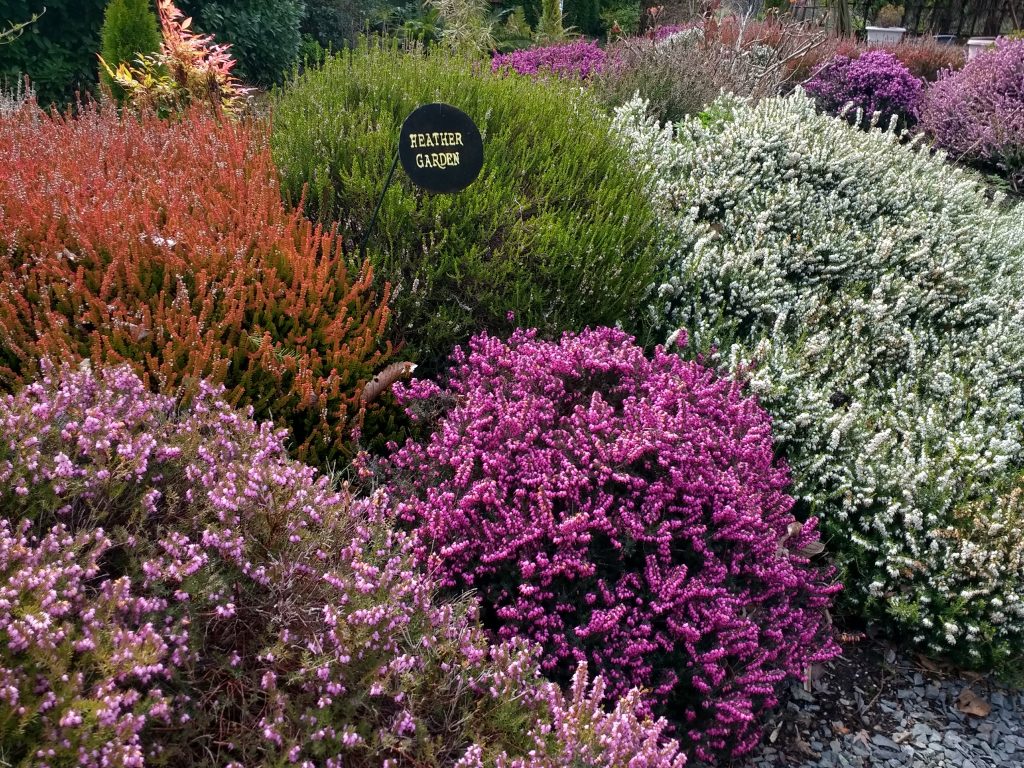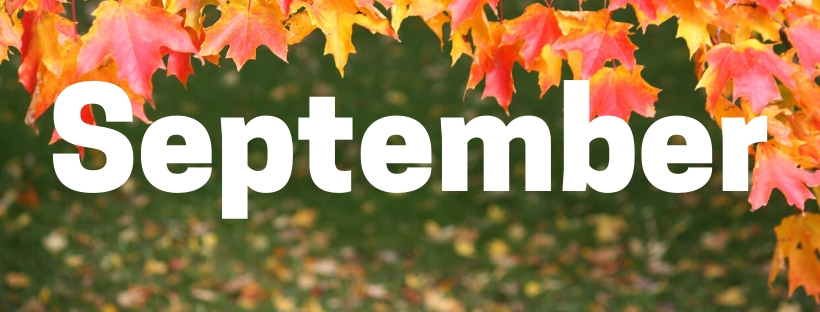As fall approaches it is time to give some thought to getting the garden ready for the fall and winter months just ahead. As the cooler weather sets in, it will be an ideal time to begin getting plants ready for the winter, to plant spring bulbs, cultivate and harvest fruits and vegetables.
FALL VEGETABLES – This is a critical time for harvesting fruits and vegetables. It is so easy to overlook the ripening time of some types. Corn is a good example; if you let it go too far past its peak, the corn looses a lot of its flavor. The same goes for apples, pears and plums. So check the different fruits and vegetables to see if they are ready, and don’t miss out on the best part of your harvest.
WINTER VEGETABLES – It’s not too late to start your winter vegetable garden, especially as our autumns get warmer. Seeds beets into early September for nutritious fall and winter beet greens. Corn salad, or lamb’s lettuce, can be planted now for a later autumn harvest, and spinach can be planted now for an early spring crop. Turnips can be planted throughout September for greens.
COLOR SPOTS – If you want to add some color to the fall garden, winter pansies, flowering kale and flowering cabbage, plus fall mums are really nice plants to use. The pansies are particularity nice to plant when planting bulbs, because they reach their peak of beauty in the springtime, just about the same time the bulbs bloom.
POINSETTIAS AND CHRISTMAS CACTUS – If you have put some of your houseplants outdoors during the summer, it is time to bring them back inside before there is any chance of the typically cooler fall evenings spoiling them. September is also the month to begin conditioning the Christmas poinsettias and Christmas cactus to get them ready for the upcoming holiday season. Both of these plants should be put in a spot where they will receive fourteen hours of darkness and ten hours of bright light each day. The poinsettias need a warm spot where temperatures range between 65 and 72 degrees, while the Christmas cactus needs a spot where the temperatures are a cooler 50 to 60 degrees. These temperatures and light exposure are what help induce the development of the buds, flowers and colored leaf bracts.
BULBS – Fall is the time to plant bulbs too! The bulbs of spring flowering tulips, daffodils, hyacinths and crocus are planted during the fall months of September, October and November. Select good firm, disease free bulbs. Plant the bulbs three times deeper than the greatest diameter of the bulb. For example, crocus bulbs that usually have about a one inch diameter should be planted three inches deep. Mix the correct amount of bone meal or bulb fertilizer into the planting hole, as you prepare the soil. Also, add a soil dust to protect the bulbs from soil borne insect and disease infestations. The bulbs will grow and flower best in well-drained soil.
LAWNS – September is one of the best months of the entire year for seeding or sodding new lawns. It is also a good time to over-seed an old lawn with new lawn seed to help fill-in the bare spots and crowd out weeds and mosses. If you’d like to make your lawn a little more colorful and pollinator friendly, you can try adding clover along with new lawn seed.
If the lawn needs thatching, it can be done during the early fall. Be sure to fertilize after thatching. It is a good idea to also over-seed the entire lawn, so the lawn recovers more quickly. If thatch is not a problem you may want to apply a fall or winter type of lawn fertilizer in September, October or November. Fall feeding encourages good root development and helps green-up the grass.
WEEDING – The warm weather has certainly encouraged weed growth this summer. So this would be a good time to pull or cultivate weeds before they have a chance to go to seed and flower again. Remember weeds are hosts to many insects and diseases so it is important to keep them under control.
SLUGS AND BUGS – Slugs are now laying their fall batch of eggs, so be on the look-out for slug eggs. They are usually in clusters of up to fifty eggs. Each egg is about the size of a bb. They usually appear almost translucent in color, and are usually found along the edge of the lawn, or under sticks and stones.
PLANTING – Perennials can be started from seed this month. Simply scatter the seeds in a row or in open beds. Then the young seedlings can be transplanted into a permanent spot next spring.
This is also a good time to select and plant trees and shrubs. Fall planting encourages good root development and gives the plants a chance to get established before the spring growing season, next year.
Spring and winter plants to seed in September:
-
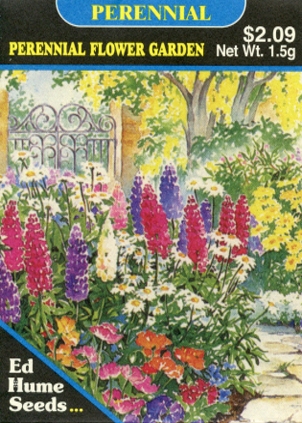 Perennial Flower Garden$2.09
Perennial Flower Garden$2.09 -
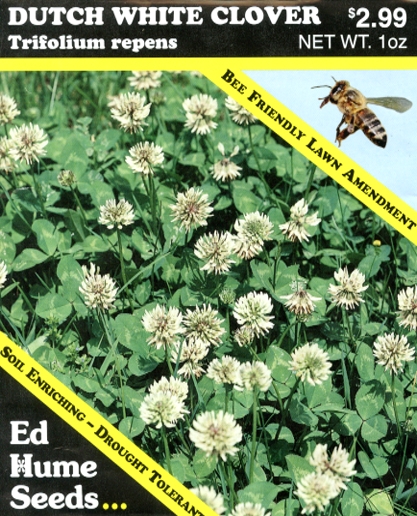 Dutch White Clover$2.99
Dutch White Clover$2.99 -
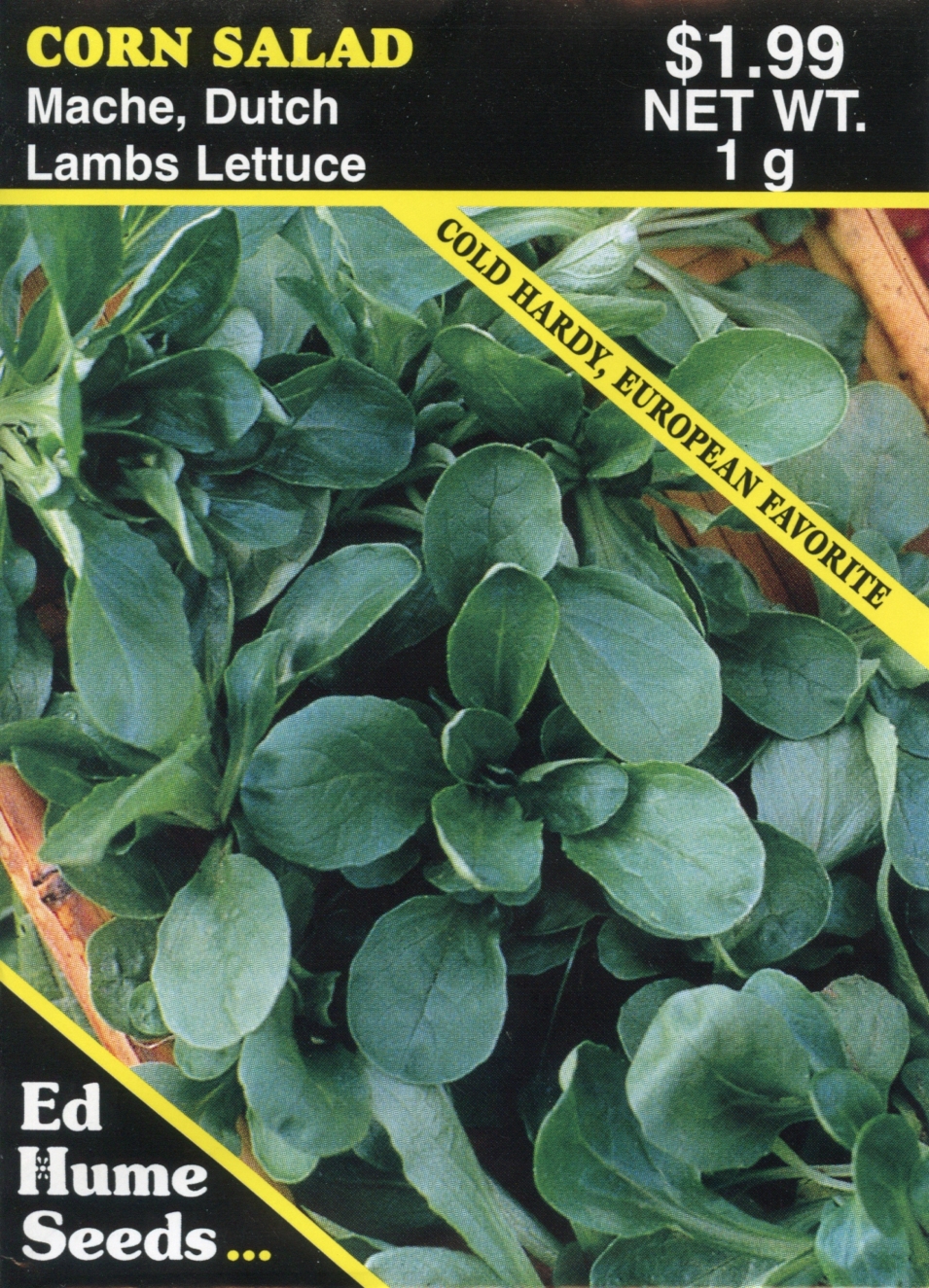 Lettuce – Corn Salad, Mache, Winter Lettuce$1.99
Lettuce – Corn Salad, Mache, Winter Lettuce$1.99 -
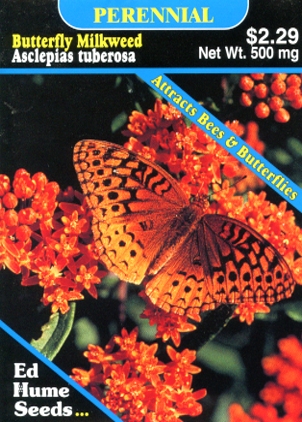 Butterfly Milkweed$2.29
Butterfly Milkweed$2.29 -
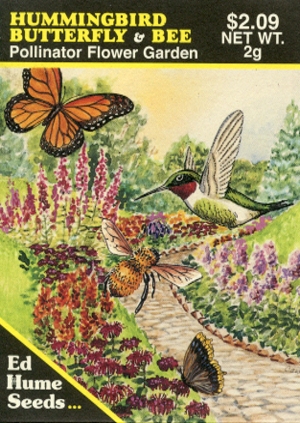 Hummingbird, Butterfly, and Bee Mix – Pollinator Flower Garden$2.09
Hummingbird, Butterfly, and Bee Mix – Pollinator Flower Garden$2.09 -
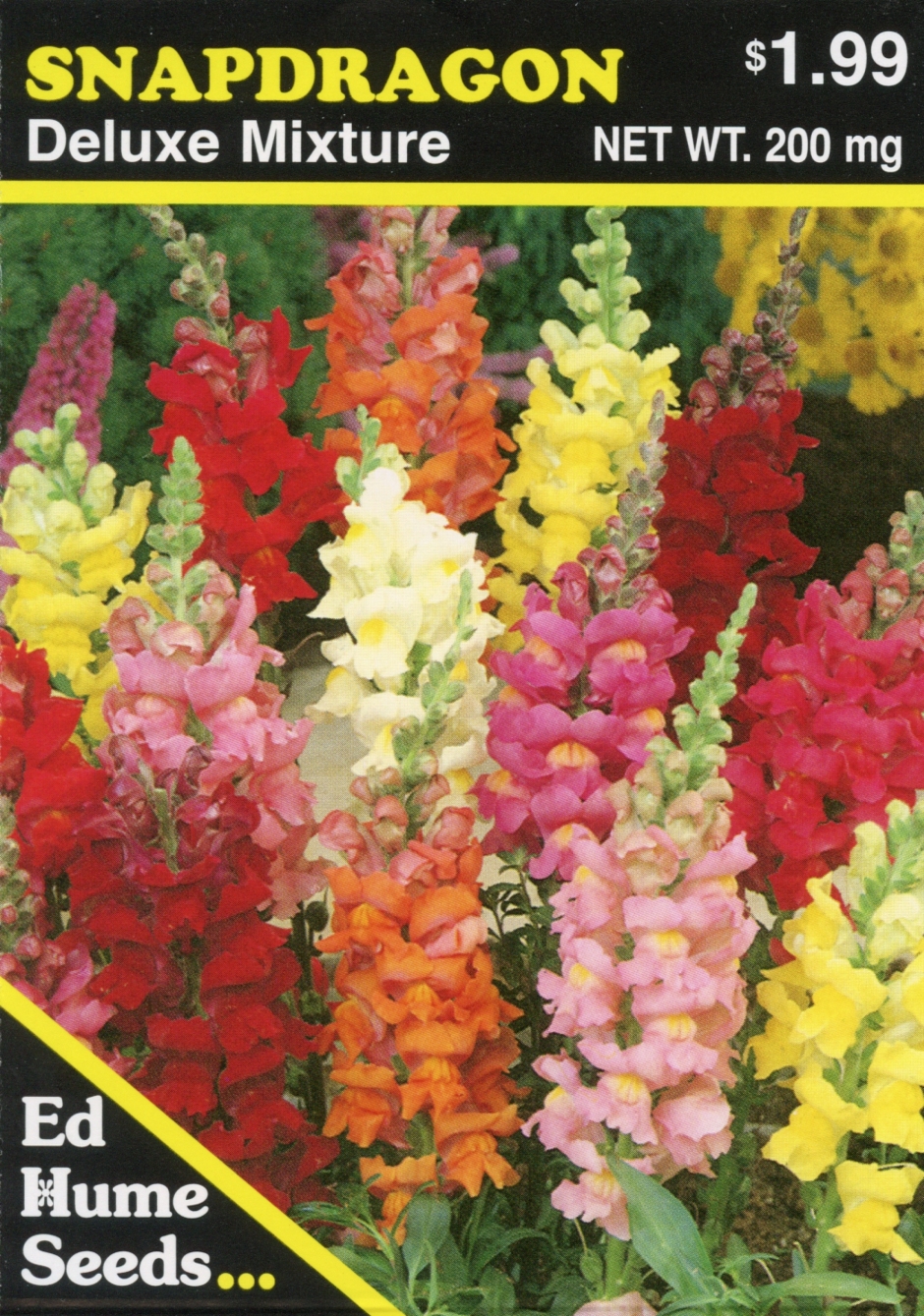 Snapdragon – Deluxe Mixture$1.99
Snapdragon – Deluxe Mixture$1.99 -
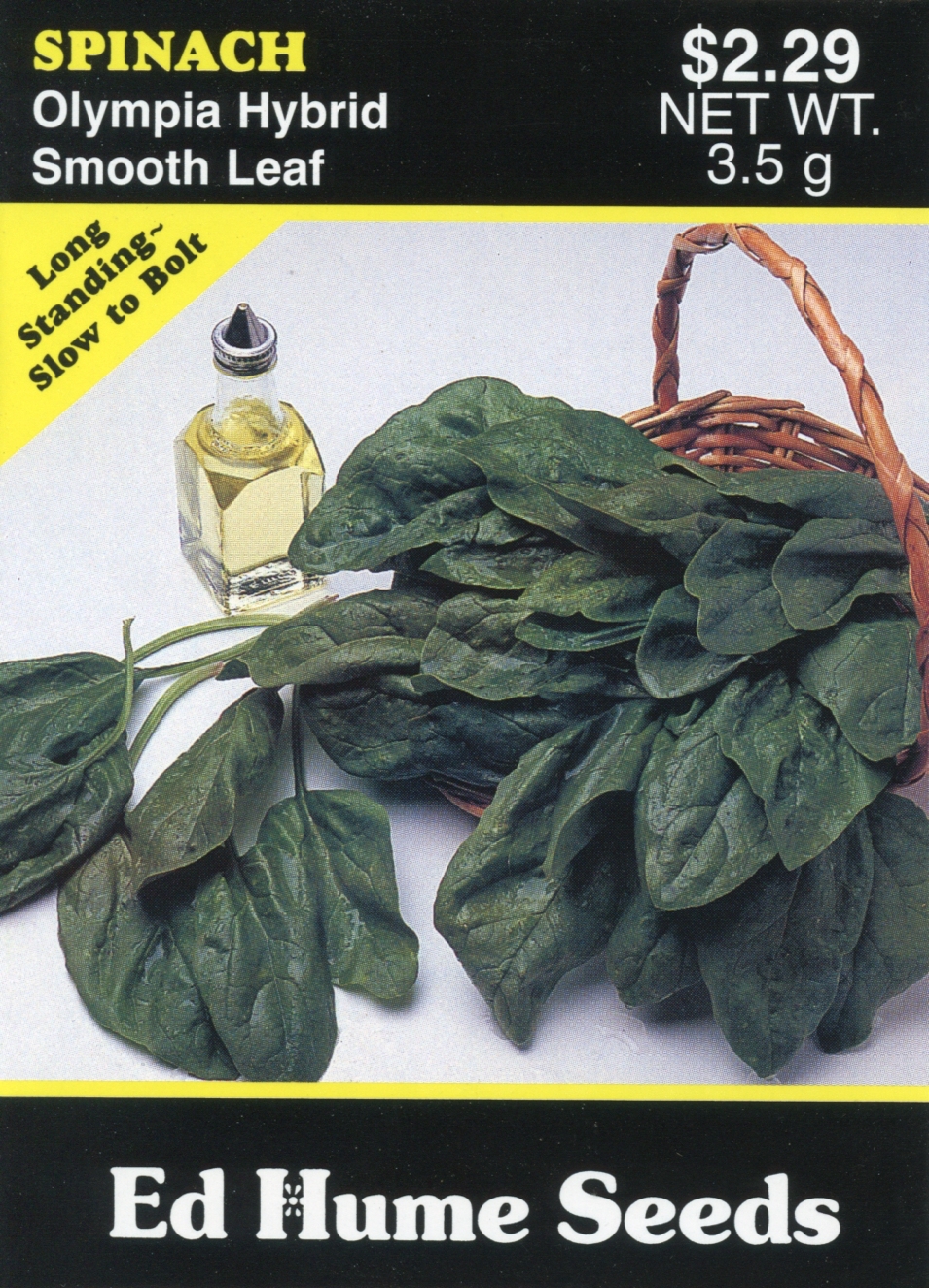 Spinach – Olympia Hybrid, Smooth Leaf$2.29
Spinach – Olympia Hybrid, Smooth Leaf$2.29 -
 Spinach – Bloomsdale Organic$2.59
Spinach – Bloomsdale Organic$2.59 -
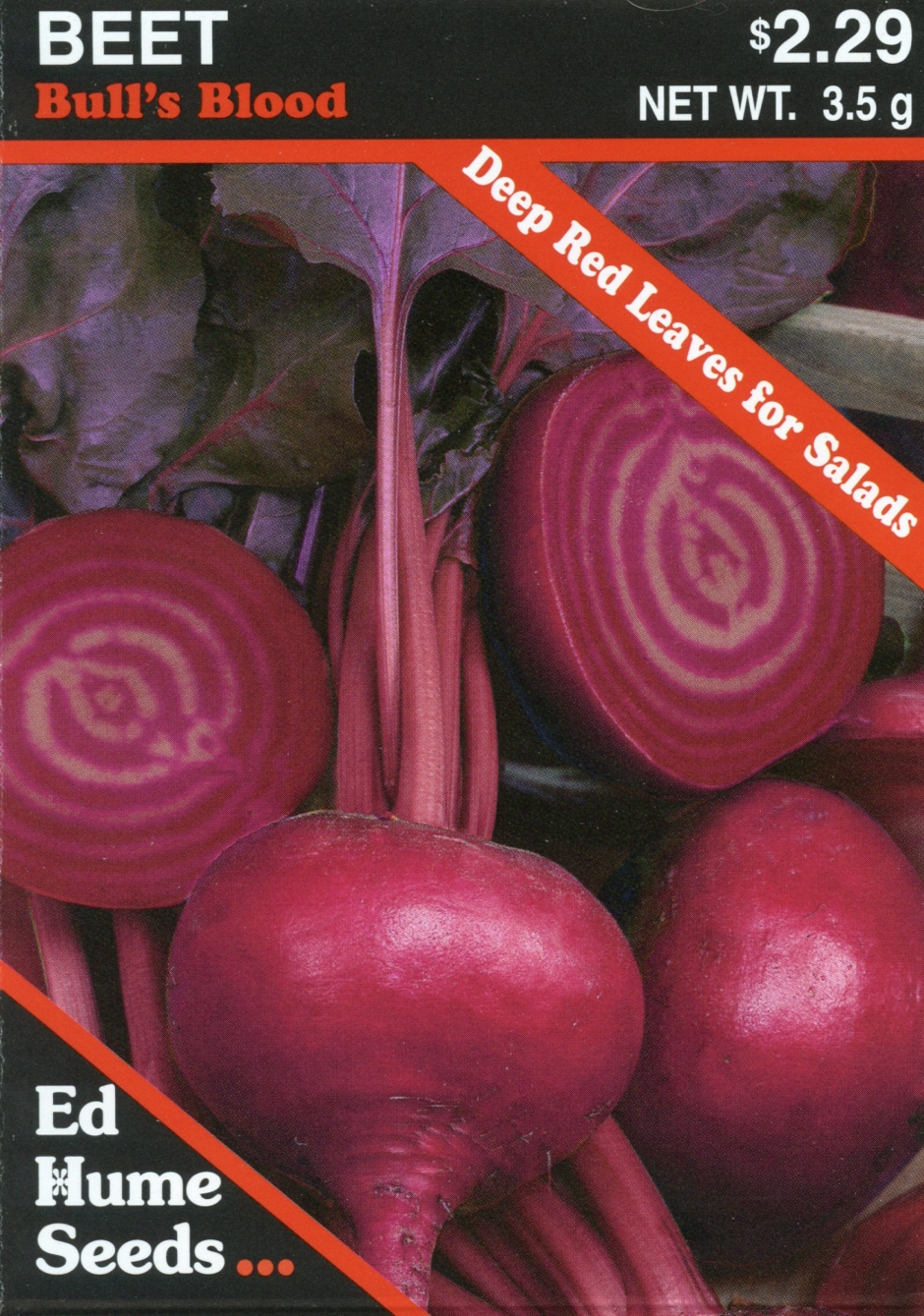 Beet – Bull’s Blood$2.29
Beet – Bull’s Blood$2.29 -
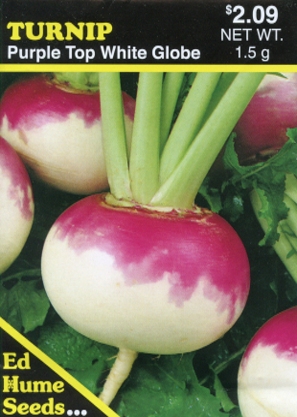 Turnip – Purple Top$2.09
Turnip – Purple Top$2.09 -
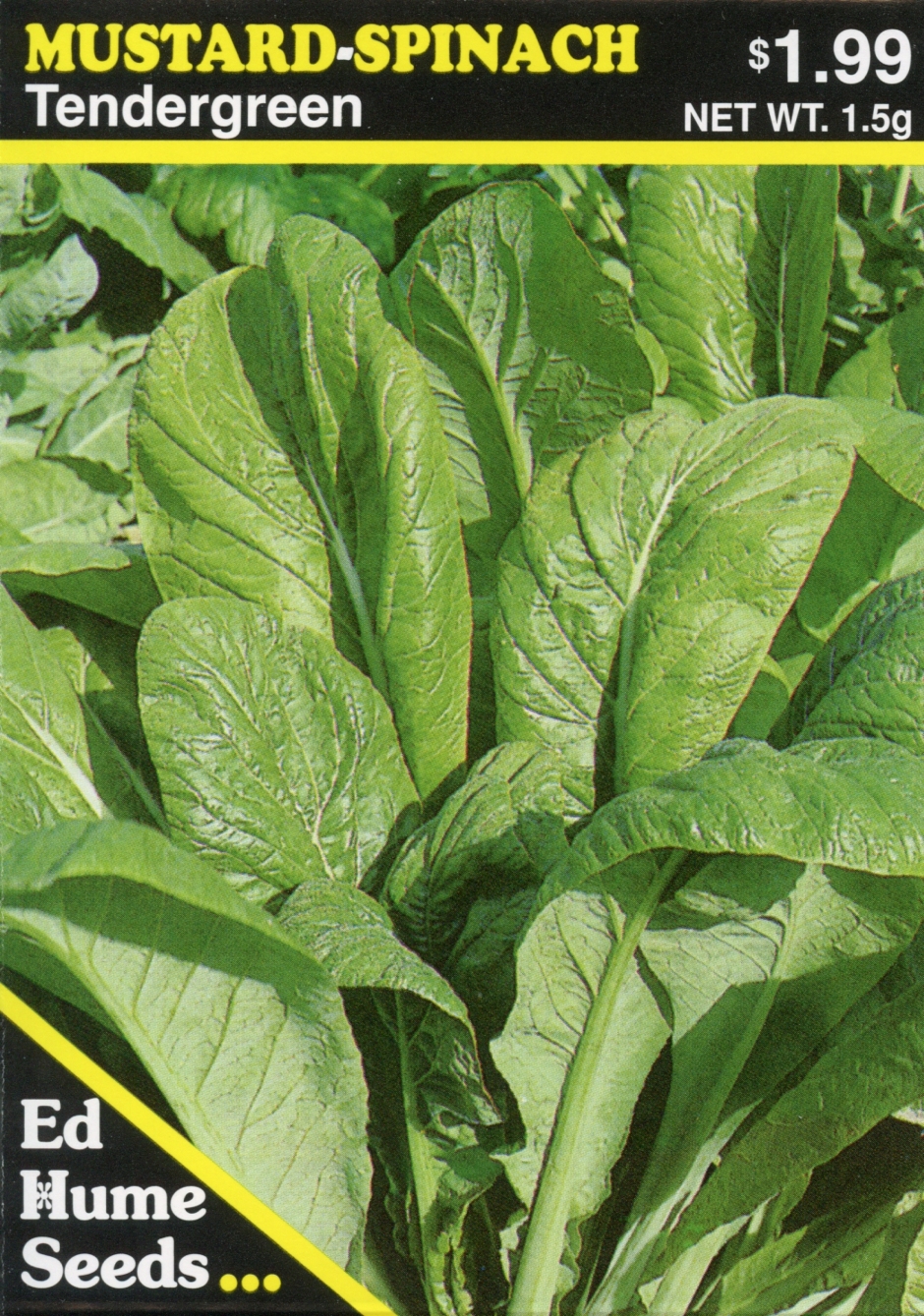 Mustard-Spinach – Tendergreen$1.99
Mustard-Spinach – Tendergreen$1.99
